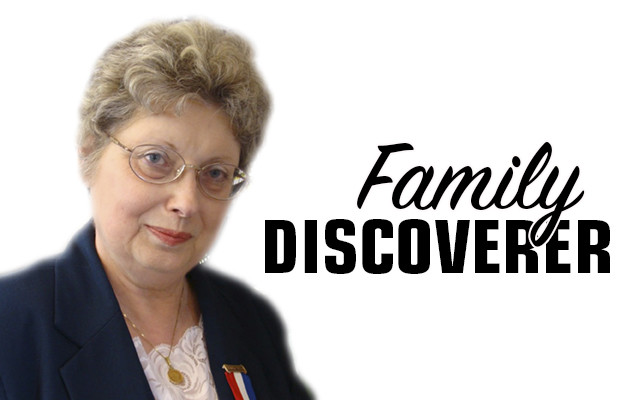
Searching the census
By Nancy Battick
Now that the 1950 U.S. Census has been released, what can genealogists expect to learn from the questions asked? Is there anything new? The answer is yes. Here’s a list of questions asked in the population census.
In addition to the street name, specific questions about the head of the household asked if they were residing in a house or apartment and apartment number, serial number of units, whether the house was on a farm or ranch, and whether or not the home was on three or more acres. Only then is the head of household named. For others in the house their relationship to the head of the household is listed. Also, as with other censuses the race, sex, and age on last birthday, marital status, birthplace, and if foreign born whether or not naturalized was asked of all present in the household.
All people over 14 where asked what they were doing the prior week — did they work at all, look for work, have a job or business? — and hours worked the previous week. Also asked was the type of work, type of business or industry, and the class of worker, such as laborer. The census also asked if the person was living in the same house a year ago, if they lived on a farm a year ago, if they lived in the same county a year ago and, if not, the name of the county and state where they lived is listed.
A certain number of people were selected to answer more questions, such as where your parents were born, highest grade of school attended, whether it was completed, total income, and whether a U.S. veteran.
Genealogists can quickly grasp the value of these questions. You can learn what your ancestor earned, where he worked or the type of work, whether he or she moved, served in the Armed Forces, was out of work, level of education, ran a business, and birthplace of parents. You also have a good hint if your ancestor moved where he or she lived, and the census tells you county and state, though not town.
Of course, other schedules asked different questions. Among these were censuses used for U.S. territories such as Alaska, Guam, Puerto Rico, the Panama Canal zone and Hawaii. There was a special census for military personnel residing in barracks. Form P4 listed the crews of U.S. flag vessels, either commercial or military. There were special schedules for Native Americans living on reservations and for overseas military personnel. You can find these schedules on the NARA site.
You can obtain blank copies of the 1950 U.S. Census population census at www.archives.gov/research/census/1950/blank-forms. It’s also possible to get a certified copy of a census page for a fee of $35. You’ll need to fill out a special form NATFFORM-82, again found on the National Archives website at www.archives.gov/files/forms/pdf/natf-82.pdf or you can email 1950censuscerts@nara.gov.
Good luck researching the 1950 census and I hope you find your ancestors and good clues to learn more about their lives.
Nancy Battick is a Dover-Foxcroft native who has researched genealogy for over 30 years. She is past president of the Maine Genealogical Society, author of several genealogical articles and co-transcribed the Vital Records of Dover-Foxcroft. Nancy holds an MA in history from UMaine and lives in Dover-Foxcroft with her husband, Jack, another avid genealogist. You can contact Nancy at nbattick@roadrunner.com.